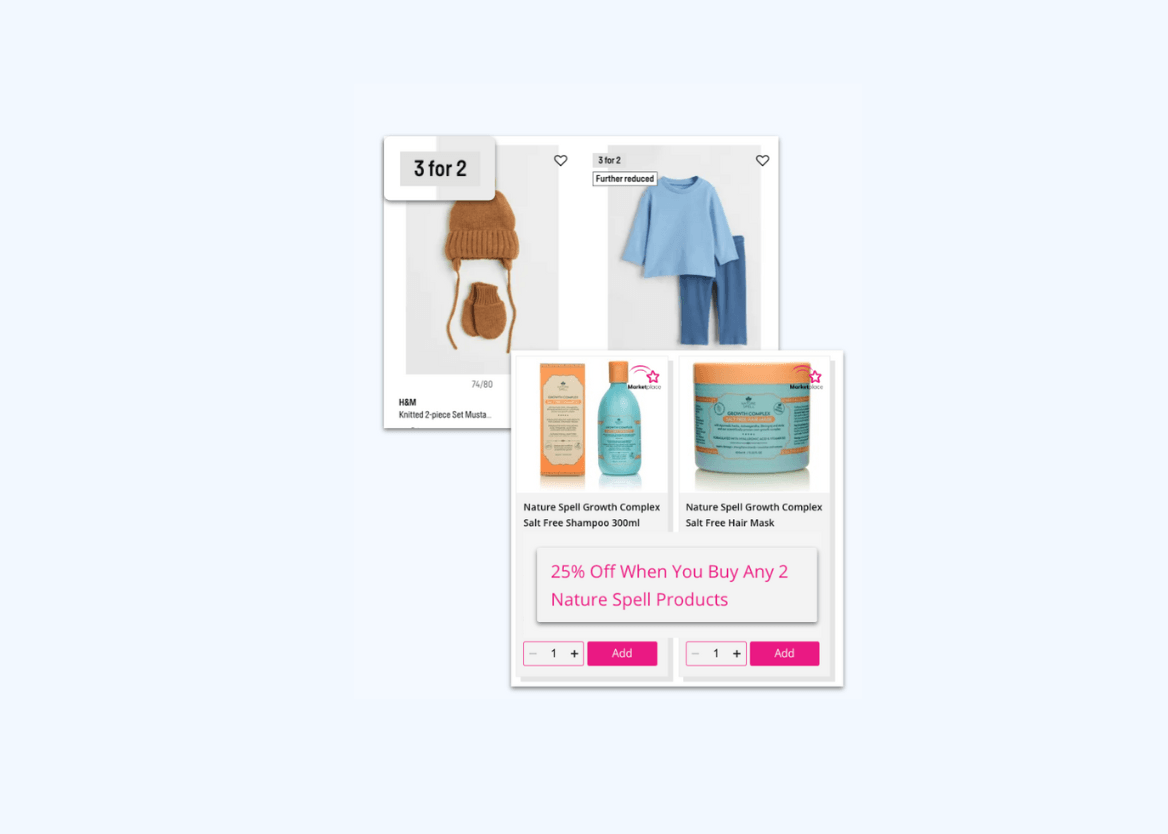Leveraging Marketplaces to Strengthen Your Brand Identity

97% of U.S. consumers who shop online do so on marketplaces, pushing more retailers to ask: “how can we get in on the marketplace action?” But marketplaces aren’t a one size fits all solution. Instead of – or in addition to – participating in other marketplaces, more organizations are choosing to launch their own to strengthen their brands, offer a better experience for their customers, and gather valuable insights about demand.
Learn how retailers are approaching their marketplace decisions in Retail TouchPoints: Leveraging Marketplace Momentum – and read on for a few key insights about the retail marketplace landscape.
What to consider before you participate in someone else’s marketplace
It’s no surprise that retailers are evaluating their options for marketplace participation. By choosing to sell on marketplaces like Amazon and Jet.com, brands can get their products in front of millions of shoppers around the world, increase brand awareness and boost sales.But don’t jump straight to marketplace participation as the solution. Before going all-in participating on someone else’s marketplace, keep in mind what you’re giving up.
You don’t own the experience.
When you partner with Amazon or another marketplace, you’re putting your customer service, and your brand identity, into an outsider’s hands. On an online marketplace, you simply don’t have the same amount of control over consumers’ reactions to your brand as you would on your own eCommerce channels.
You miss out on valuable data.
When you operate your own marketplace, you gain insights about consumer behavior that can help your organization make better-informed decisions. When you participate on another marketplace, you simply don’t have the same access to that data.Sometimes, that data may even be used against you: Amazon’s capability to collect mass amounts of data gives the retailer a leg up when it comes to knowing which products to sell and promote to customers. It launches the low-priced AmazonBasics line of “store brand” products in categories where third-party sellers are performing particularly well.
Competition is strong.
If you’re considering selling in a third-party marketplace, you can bet others are doing the same. Ask yourself: Are you confident that your offerings are unique enough to stand out, and can you price aggressively to compete against hundreds of other sellers who are also trying to sell in the same marketplace?
Using marketplaces to capitalize on new growth opportunities – without risking your brand identity
Participation in third-party marketplaces isn’t the only way to get in on the action. Leading retailers are launching their own branded marketplaces – creating niche marketplaces that are tightly integrated with their brand identity.When brands launch their own marketplaces, they’re offering a curated experience to their customers. Instead of forcing consumers to jump from site to site, they create an ecosystem of brand partners that offer a greater breadth and depth of assortment – with greater control of the look and feel of the experience, and the brands and products are included. The result is more robust shopping experiences that support more seamless product and brand discovery.
Capitalizing on growth and protecting the brand: How J.Crew captured the online marketplace opportunity
In 2018, J.Crew partnered with Mirakl to launch a marketplace that’s seamlessly integrated into its existing eCommerce site. It offers J.Crew customers access to a highly curated variety of boutique brands across different categories — from home goods to jewelry.J.Crew is using their marketplace to “better service our customers through extension and amplification of our brands, provide greater product selection and greater service overall,” according to Derek Yarbrough, SVP Digital & Strategy at J.Crew/Madewell. "For us, the 'platform revolution' means greater amplification of our brand: bringing our brand to new customers and also bringing new categories of business to our existing customers who already love us." Now, J.Crew can connect with different sellers and ultimately bring new categories of business to customers. They also don’t have to invest in inventory or handle shipping: sellers ship products directly to customers, and exchanges go from customers to sellers.
Ready to kickstart your marketplace strategy?
At Mirakl, we predict that marketplaces will drive more eCommerce sales in 2019 than ever before. For organizations looking to take a piece of the pie, there’s never been a better time to launch your own marketplace. Download the full report to find strategies to weigh your marketplace options. You’ll also learn the keys to success when launching your own marketplace from experts at Mirakl, Gartner, ChannelAdvisor, and others.



